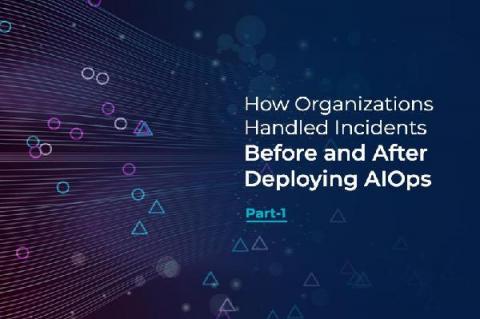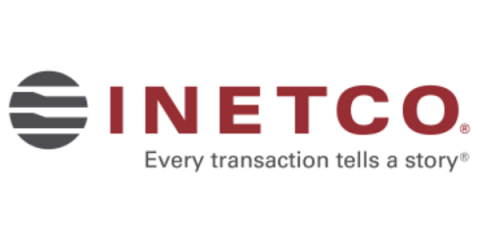Thrive today with not just being smart but being cyber smart
In our digital age, cybersecurity is everyone’s responsibility. Every device you use, the app you download, the bit of information you share, or the message you open comes with a certain amount of risk.











